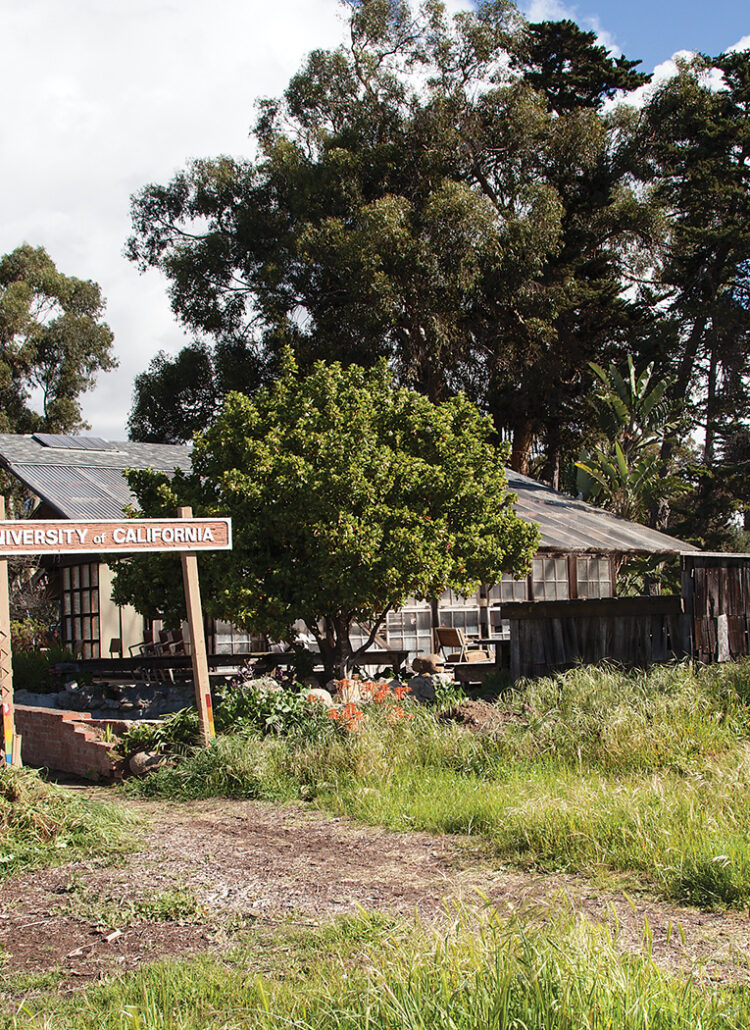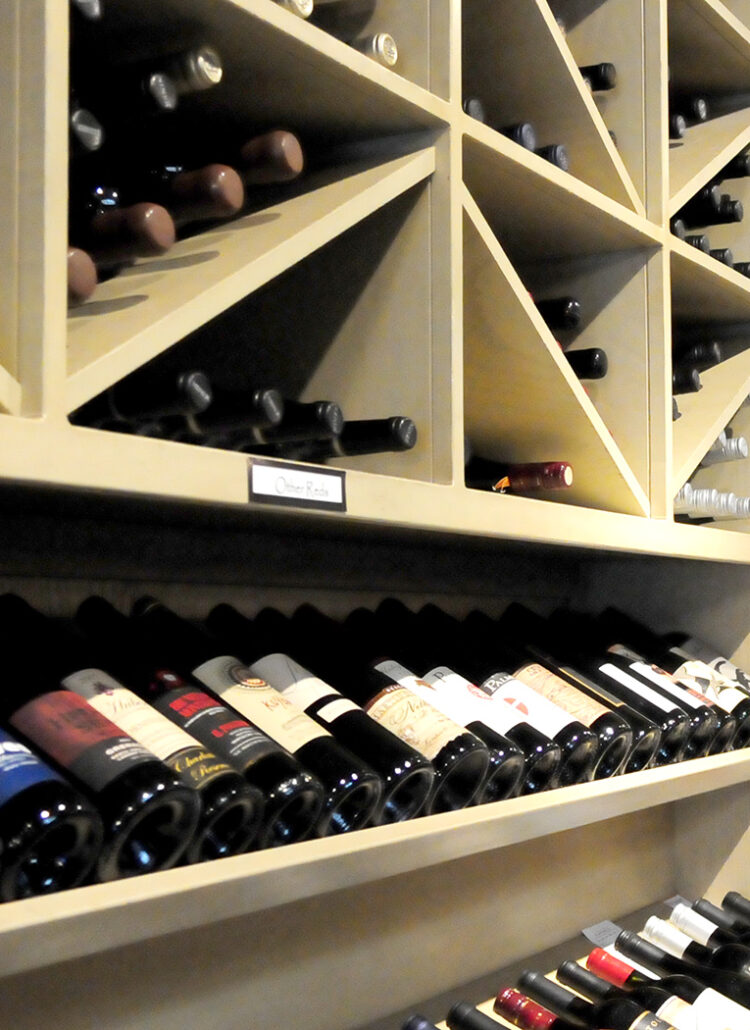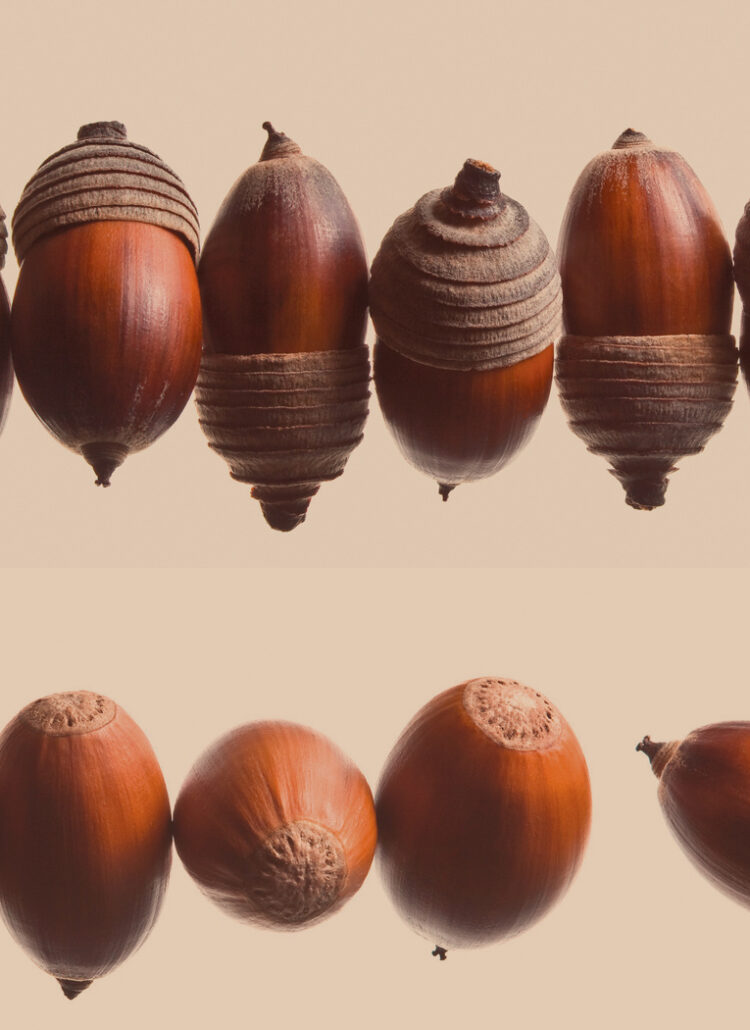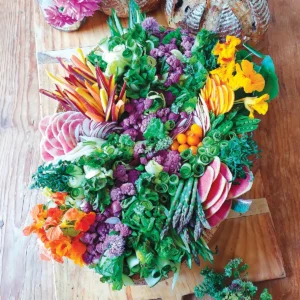[Photography by Steve Brown]
In April I had the pleasure of visiting a mysterious little garden of edible delights—known as La Huerta Historic Gardens—with veteran teacher Kathy Escobar’s third-grade class from Adams School. The students were on a field trip to learn about the early history of food in their community.
Most of the plants in the garden, which is tucked in by the side of the Santa Barbara Mission, date back to the Mission Era in California (1769–1834), a time when the missions were self-sufficient agriculture outposts, belonging to Spain. La Huerta (Spanish for “the orchard”) is more than another lovely Mediterranean garden. It is, as described by Jerry Sortomme, the La Huerta project manager (pictured above), “a living museum, a component of the old mission’s museum.” La Huerta is a collection of heritage, heirloom and historic plant materials.
Retired master teacher Judy Sims, who volunteers at La Huerta, and Santa Barbara Mission Museum Director Tina Foss have developed an innovative educational program at La Huerta. The program is supported by a grant from the Sisters of St. Francis of Penance and Christian Charity, which pays for busing the students and any materials needed.
In 2010, La Huerta connected with the s’Cool Gardens program to offer a field trip experience to public elementary students. The tours are masterfully designed, leading the students through four “station rotations” at the garden, each directed by one of La Huerta’s volunteer garden docents. I followed a group of students moving from one section of the garden to another, hearing squeals of excitement as their food history came alive.
The Chumash Garden
The group’s first stop was in the Chumash Exhibit garden, a unique annex to La Huerta, spotlighting native regional plants used by the indigenous Chumash people of the Santa Barbara area. The children sat under a rare Channel Islands oak tree with La Huerta garden docent Maria Cabrera as she read stories about many plants used by the Chumash for their everyday lives: for food, for hunting and fishing, for their housing and clothing, for making tools and weapons and even for recreation and fun. In the Chumash Exhibit garden, students are also taught the importance of the role of the Chumash in introducing agriculture to the California Missions. As Tina Foss told me later, “There were, after all, only a few padres at each of the Missions in the early years, so it was the Chumash who planted the seeds brought in by ships and tended the gardens. It was the Chumash who made the gardens bloom.” At the end of this segment, each student was given a small abalone shell necklace, as a memento, which they all proudly wore.
The Mission Era
At the next station students learned about the plants grown for food at La Huerta during the Mission Era. Docents had displayed an array of freshly picked seasonal fruits and vegetables. Sweet dessert bananas, Mission oranges, pea pods ready to be shelled, yellow guavas next to jars of home-made guava jam, bunches of bright orange loquats and even chunks of sugar cane were arranged on several tables for students to see. Volunteer Laurie Koc explained that children in the Mission Era didn’t have stores filled with sugary snacks, but they did snack on fruit and vegetables from the garden and they especially loved chewing on sugar cane.
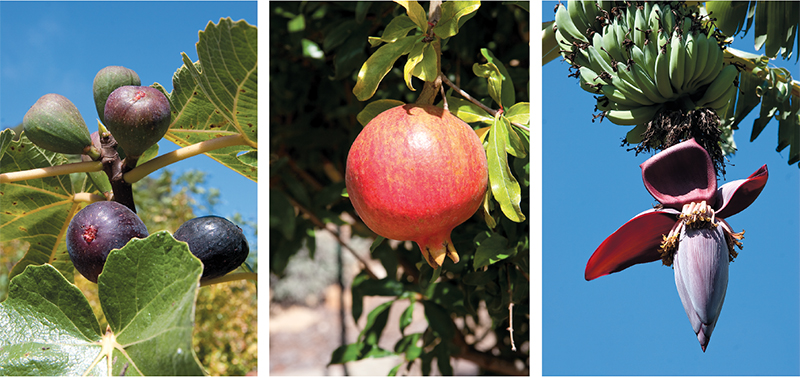
Seed Saving
After the plant tour, our group moved to a table in the shade where Judy Sims was teaching about seeds and seed saving. Each student was given an envelope for the seeds they were to collect, labeled “Seeds grown by volunteers at La Huerta Historic Gardens.” Judy began by showing them colorful dried corn on the cob. “Seeds are alive … they are embryos, like a promise of new life,” she told them, to which a student exclaimed “You mean corn is like a seed?” Delighted at the student’s aha! moment, she answered, “Yes, they are seeds! And you can take them home and plant them in your garden!”
She continued to show them other seeds grown at La Huerta they would be taking home: Peruvian popcorn, broom corn, Christmas lima beans, gourds, wheat and puffs of cotton balls with tiny black seeds embedded inside. As she displayed each seed, and explained the uses of each plant it would grow, the students dropped the seeds into their envelopes.
Gardening and Composting
The fourth station, all about gardening and composting, was clearly a favorite. What child doesn’t love to dig in the dirt looking for bugs! Volunteer Jane Fleischman explained the cycle of soil composition and the importance of insects and worms in breaking down the plant material. “Look it! There’s a fat one right there!” exclaimed one of the third graders as a worm crawled out from a pile of rich soil. “And look at that fat
roly-poly… don’t touch it,” he shouts. Jane then has the students dig some of the rich compost to use for planting several heirloom Coosa squashes they have started from seeds grown at La Huerta, which they watered using ladles made from gourds also grown at the garden.
Finally, several hours after the tour began, the happy students were gathered in a rustic amphitheater seated on huge rounds from the trunk of an ancient Monterey pine that had fallen several years before. When Judy Sims asked what the students had liked most about the field trip, one girl answered enthusiastically “I liked everything!” which seemed to say it all.
As Judy Sims summed up, “La Huerta is a good example of project-based learning, with a lot of student inquiry and hands-on activities—all targeted to appropriate learning standards and objectives in their school curriculum, and with opportunity to learn about food and sustainability.” Which I think means, children learn best about their food history when they are allowed to dig in the dirt.
Resources
Visit this page for more information about volunteering at the Santa Barbara Mission La Huerta Garden.

